Let me introduce you to yet another photographic acronym, ETTR. The observant amongst you will realise that the composite words to this acronym are in the title of this article – expose to the right. But what does it all mean?
Exposing to the right is a technique that has been around since the dawn of digital photography – more like positive exposure compensation. I will go into it in a little more depth in a moment. Many photographic techniques end up being fads, trends that people tire of. However, back in the day, ETTR was a very powerful tool for expanding the dynamic range of a sensor. You need to adjust your camera’s exposure so as to make the image histogram shift more to the right, without clipping the highlights.
These days, sensors are significantly better. They have more dynamic range, lower noise levels and better overall image quality. So does ETTR have any relevance in modern digital photography. To find out, we are going to have to first take a look at what ETTR is.
What Is Expose To The Right (ETTR)?
There is a theory that camera sensors give their optimum quality at the lighter end of the correct metered exposure. By shifting the exposure to the right of the histogram, we can improve the dynamic range and reduce the noise in the shadow regions.
It’s a technique that is well suited to high contrast scenes, where the dynamic range will not cover both the shadows and the highlights. I used it to great effect, many years ago whilst in Antarctica. The bright whites of the skies and icebergs compete with the steely greys and blues of the ocean.
In the example below you can see before and after shots of this technique in action.

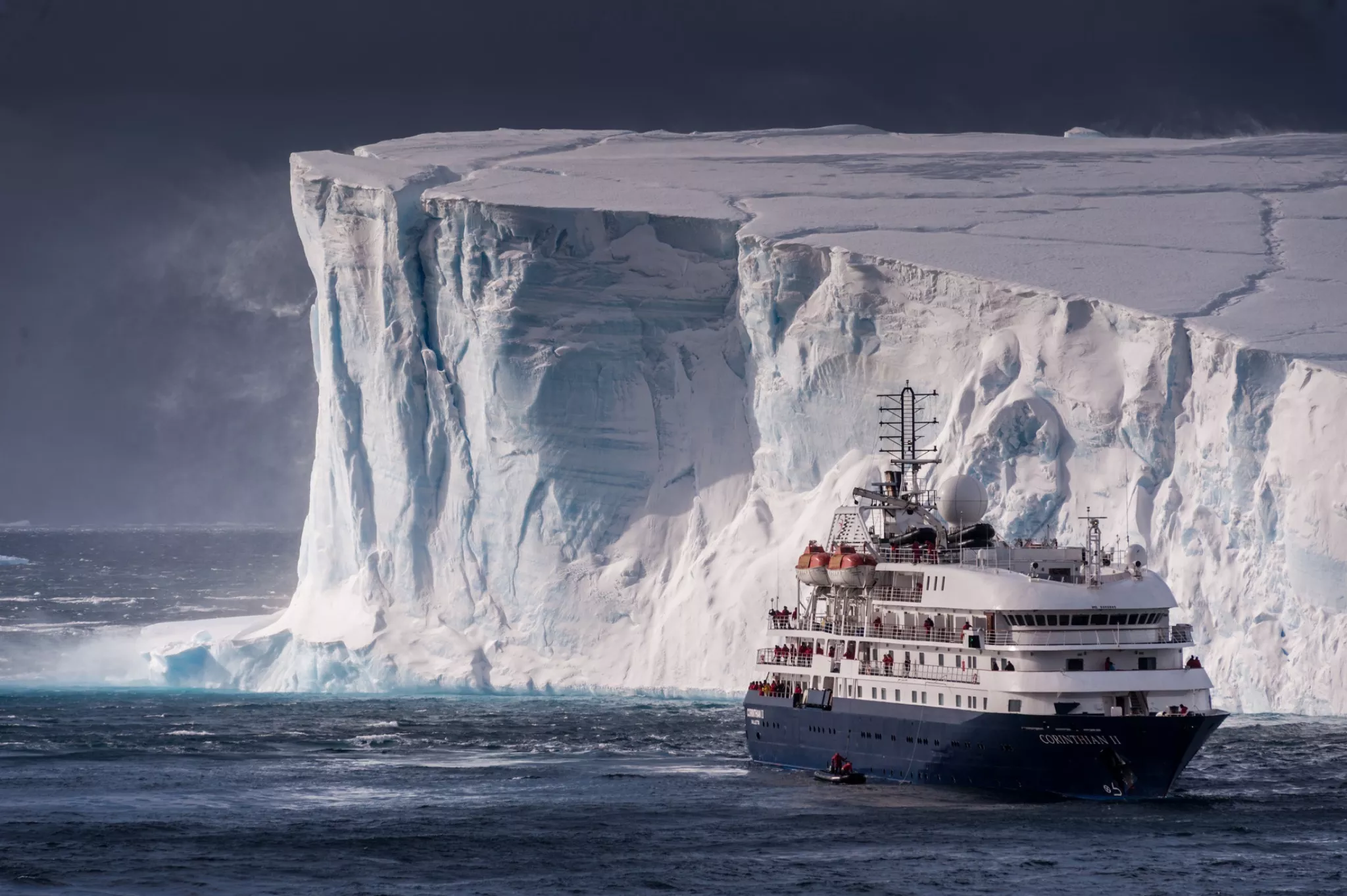
In the original, I pushed the exposure to the far right of the histogram, almost clipping off the edge. When you push the histogram beyond the limits, clipping the highlights can become a problem.
Then when post-processing, I reduced the exposure, bringing back the bulk of the histogram to the middle. I then expanded the blacks/whites, highlights and shadows to get the final image with less noise.
Pushing subjects such as ice in correctly exposed images often results in noise in the shadow areas, however in the images that I shot to the right, that noise does not appear and the tonal range looks great too.
That image was shot in 2009 on a Nikon D3. But these days, digital camera sensors have much better capabilities, so does the technique still stand up today?
Expose To The Right, The Modern Take
Sadly, my budget did not allow for a return trip to Antarctica, however there are high contrast scenes all around us. I chose to use the Herd Groyne Lighthouse in north east England. With the sun rising to the south east of the lighthouse and the structure itself being a mid to dark red, it was a good high contrast scene on which to test ETTR.
My camera of choice for this shoot was the Sony a7Rv, perhaps the pinnacle of current sensor design. With 61mp on a full frame sensor, the Sony can be prone to noise when pushing the image in post production.
Rather than just shoot one ETTR image which means exposing to the right, I created a 1/3rd stop bracket, starting from the correct exposure and ending up with the histogram bunched up well past the right hand side (far to the right). The correct exposure both in camera and on screen, looked a little dark however this was to be expected. The camera’s metering was set to matrix to capture an image without clipping, however, with such a large expanse of sea and sky, it naturally tended towards underexposure.
The Sony a7Rv has a highlight clipping feature in its display. This flashes blocks of red in areas where the over exposure has gone beyond the limits of the histogram. However, there is a caveat to this. In-camera histograms are based on the readout from the JPG. As we know shooting raw is always the best option because a RAW file has more dynamic range, that is has more tonal levels than JPGs and so I decided to adjust the exposure settings (work with shutter speed and iso) and increase the exposure well beyond the right of the histogram. In fact to more than two stops beyond. This allowed me to capture brighter images in the brightest level possible.
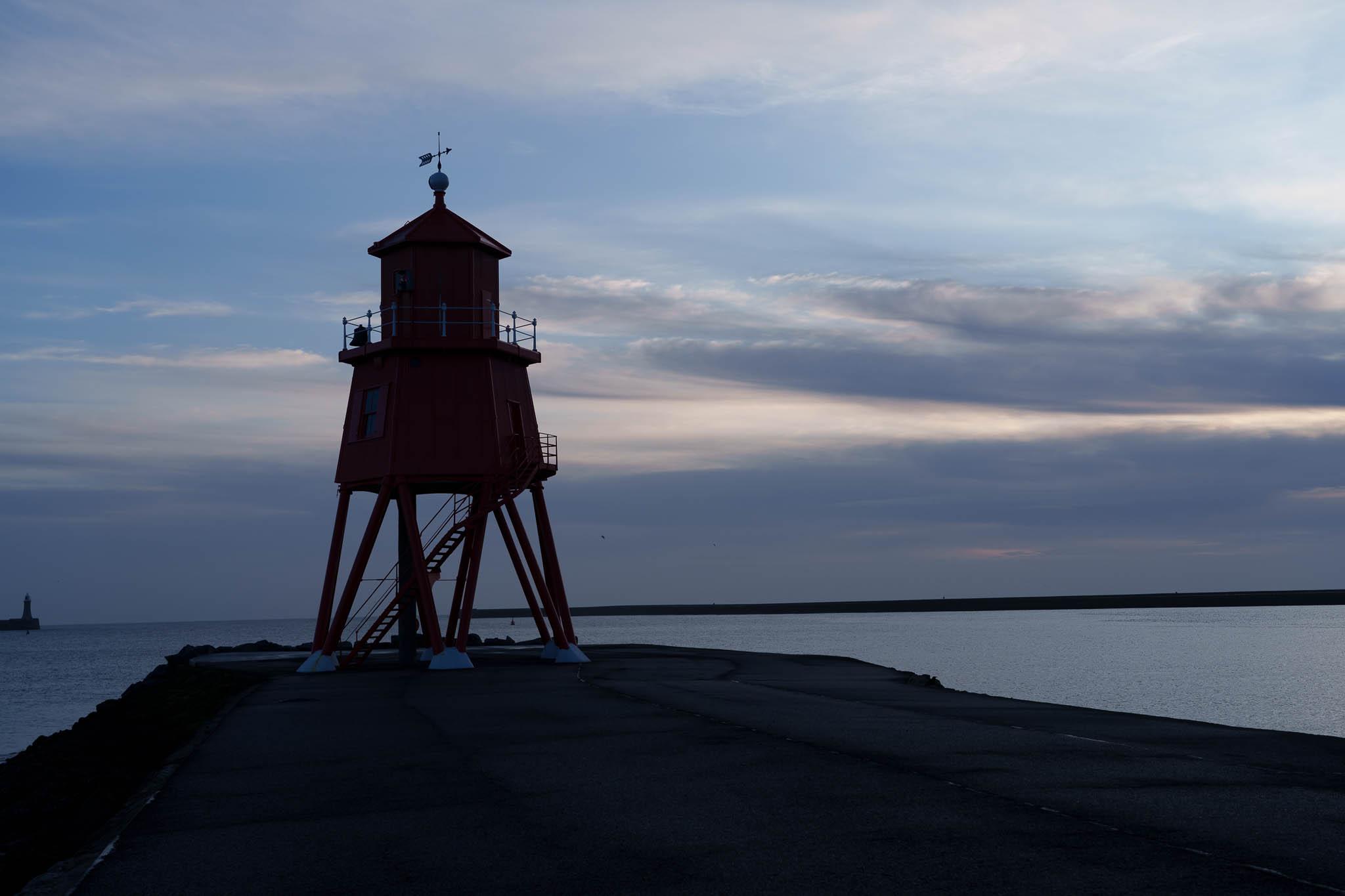

Post-Processing The ETTR Images In Lightroom
I decided to compare just two images, the one with the correct metered exposure and the one shot exactly two stops over from the metered exposure.
I started to correct the exposure for the overexposed image – the exposure strategy in this process was to decrease the exposure to bring the bulk of the histogram to the centre and this was possible without clipping in any parts of the image. I then expanded the whites and blacks to the edge of the histogram to give me the maximum contrast.
From there, I had quite a dark lighthouse so I pushed the shadows up to bring it back to the correct exposure, revealing a lot of detail in the lighthouse itself. I also dropped the highlights a little to bring back further definition to the sky. These steps should not be overdone as it will ruin your exposure in general.
The results were, in my opinion, remarkable. The images look great, lots of dynamic range and detail and yet, more importantly, virtually no noise in the shadow regions.
Editing the correctly exposed image, I pushed the exposure in Lightroom, a little to the right as possible to lighten it up overall and better exposure while keeping an eye on the photo's histogram. Then, again, expanded the whites and blacks before pushing up the shadows to reveal the lighthouse. The result was also remarkable, there was very distinct and clear noise, not only in the lighthouse but in the dark walls of the quay behind.
It would seem that shooting to the right is still very relevant in modern photography, perhaps more so, given how much I could bring the image back from being two stops overexposed. If done the right way, ETTR could be used instead of exposure bracketing in some situations. It would be always beneficial to test your camera and shoot in raw and see how it works.
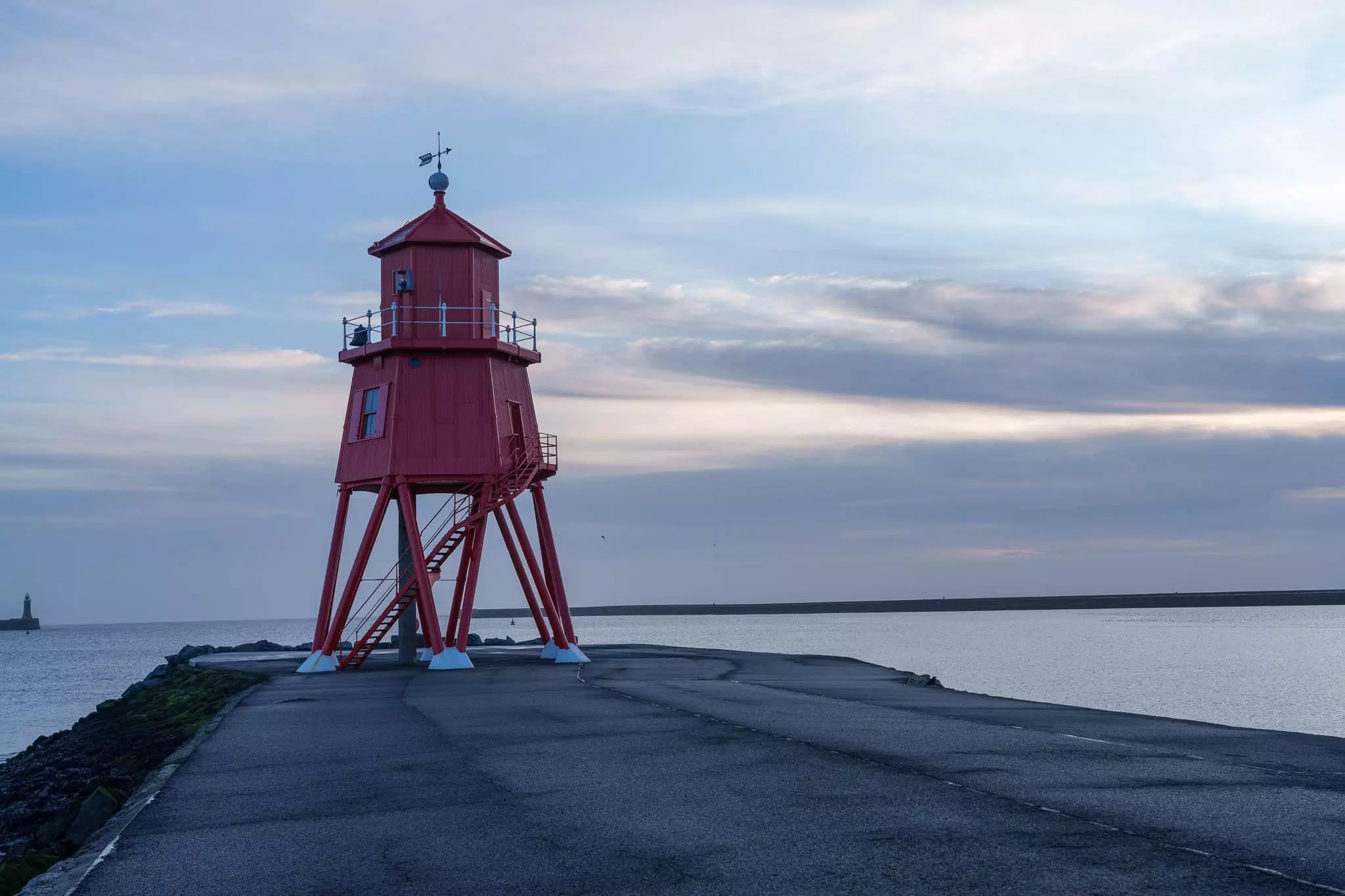

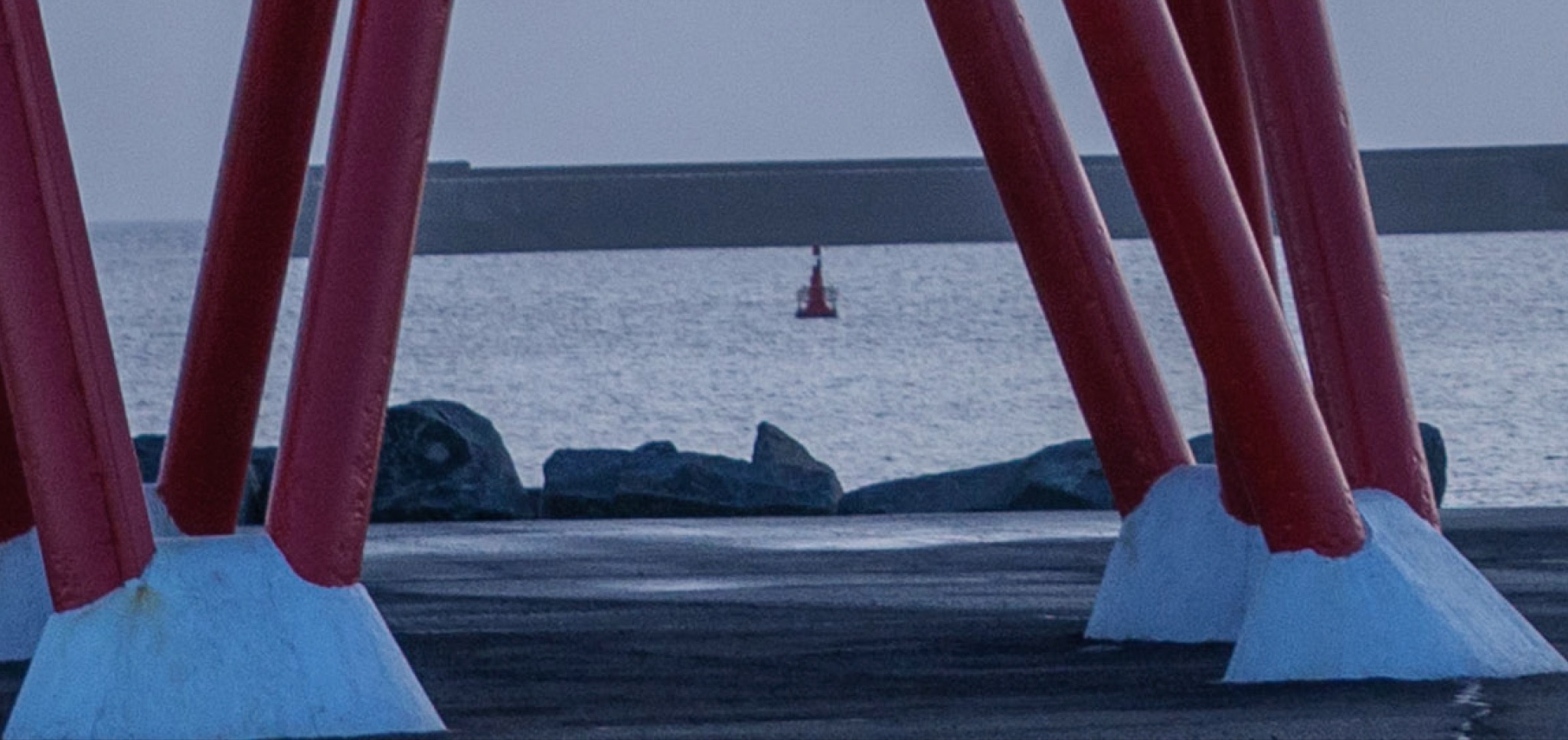

Is ETTR Still Relevant Given Modern Editing Apps?
If you have ever used Lightroom’s AI denoise tool, you will know just what an amazing job that it does. I have used it on images shot at 12800 ISO and it has pretty much removed all the noise at little cost to sharpness.
So, given tools like this, is ETTR still relevant? Should photographers adjust your exposure settings and use ETTR more often?
Personally I would say yes, for the simple reason that we should always be looking to get the very best image quality off of our sensors. In doing that, we have the maximum amount of leeway when editing the shots. Remember to set the camera to manual mode and use the histogram.
The test that I did was by no means scientific, so it is difficult to say if the dynamic range was improved, but given the editing required to bring up detail in the lighthouse, for both images, I would say the exposure technique, exposing to the right is still very much relevant in modern photography.

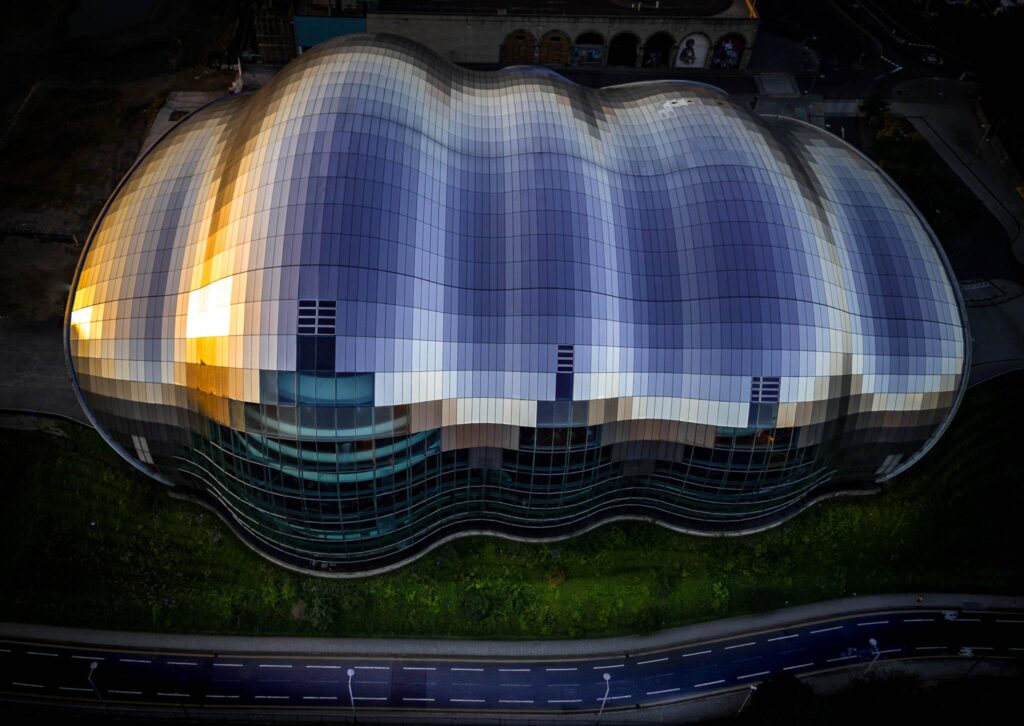
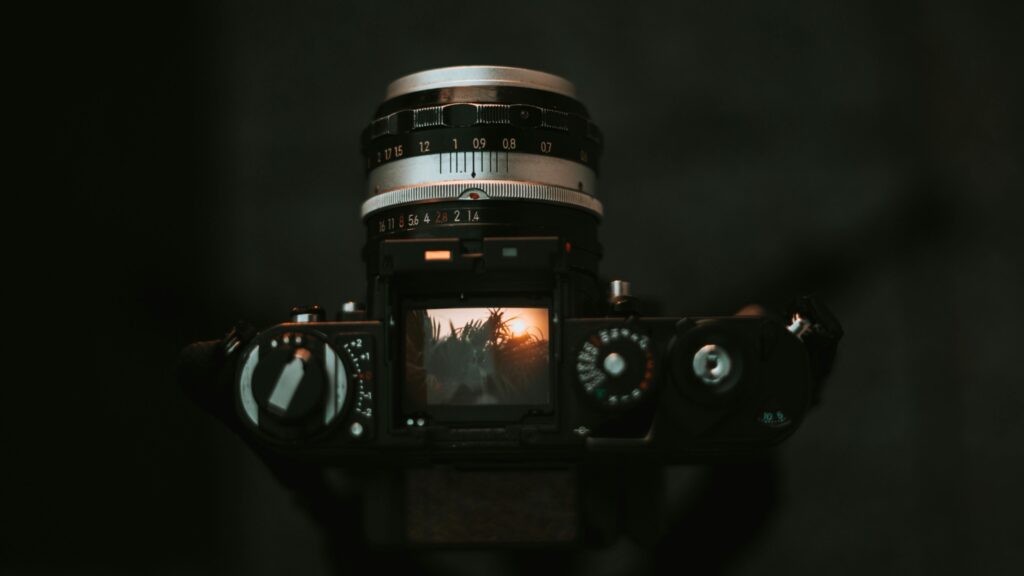

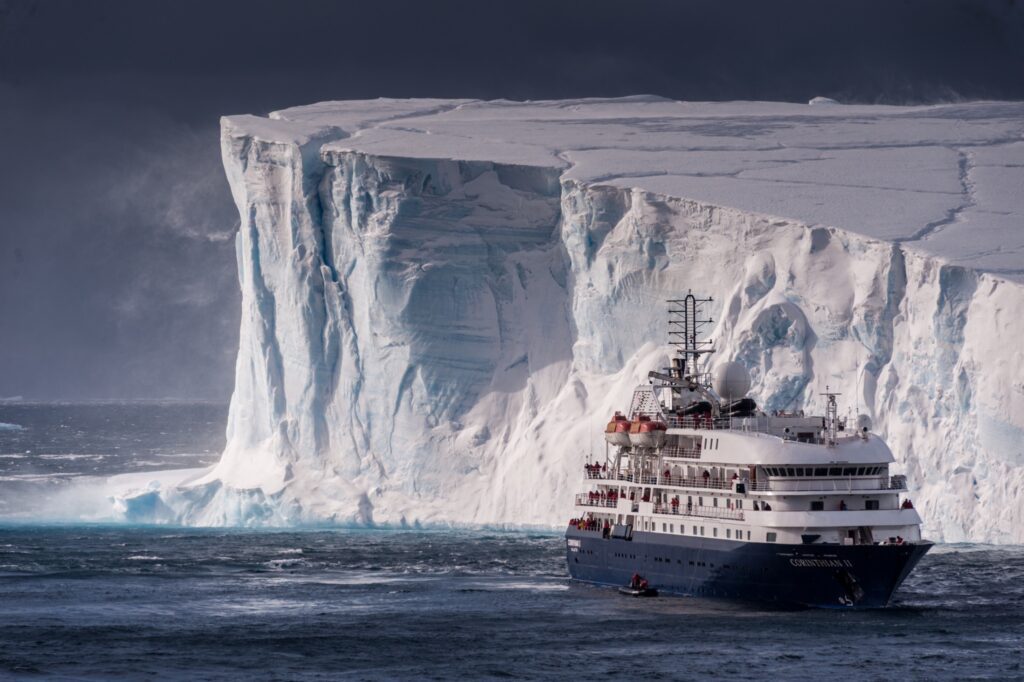
1 Comment
I’m taking a different tack. I shoot aperture priority, with (at least) one stop of negative exposure compensation i.e. all my shots are 1 stop under-exposed, sometimes more.
The reason is that I prefer to remove the risk of permanent, catastrophic, highlight blowout and deal with any shadow noise in post.
I also shoot brackets on occasion and even then I sometimes shoot them at -1 on the EC dial.